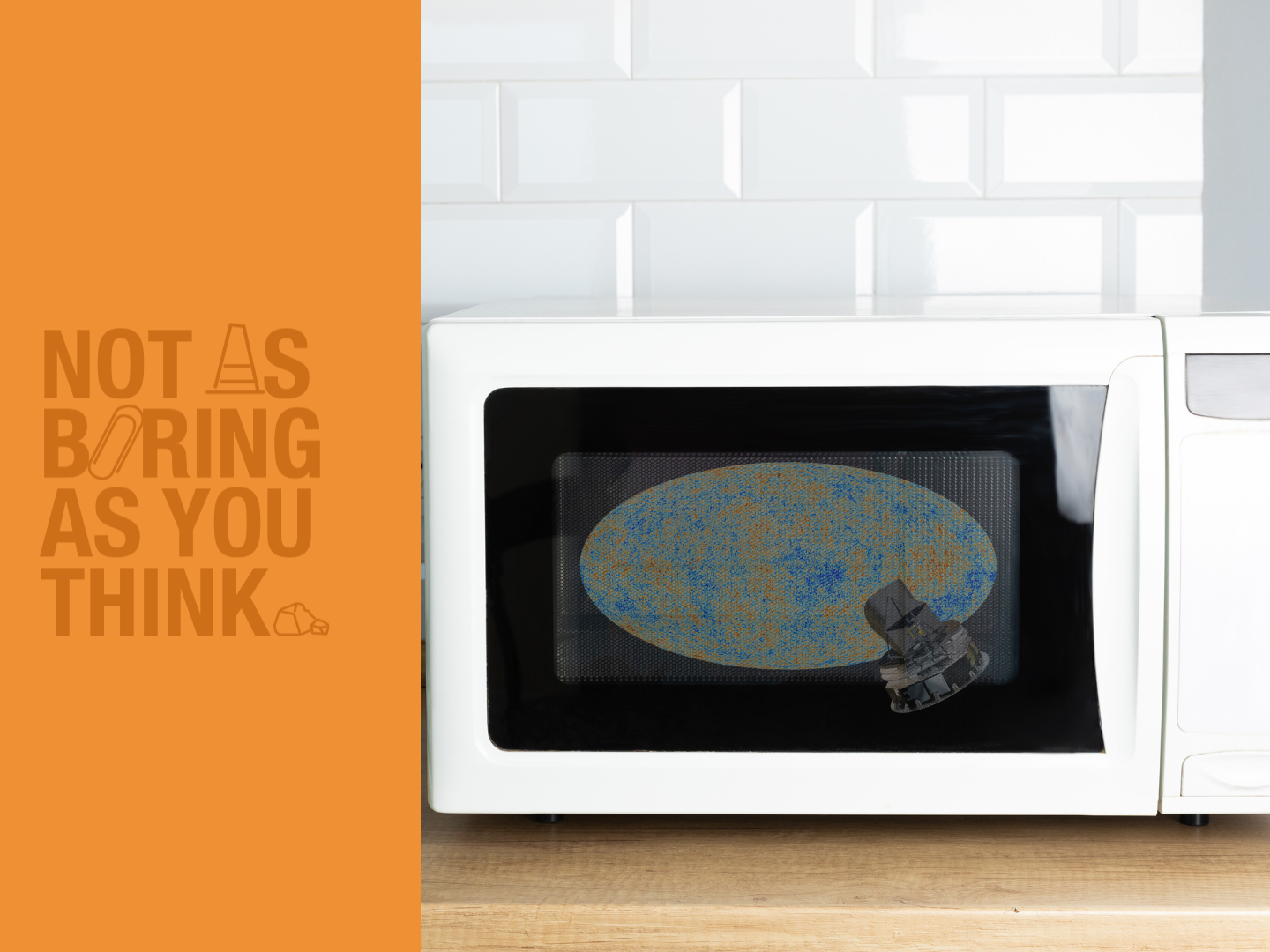When you picture a microwave, it’s likely a rectangular metal box that reheats your leftovers.
But microwaves are actually a type of electromagnetic wave that are the key to microwave ovens.
Electromagnetic waves are made of perpendicular oscillating electric and magnetic fields.

Credit: NASA
Just like beach waves, the wavelength is the distance between each wave peak, while the frequency is how long it takes for each peak to reach the beach.
These waves exist on the electromagnetic spectrum.
Microwaves have longer wavelengths than infrared or visible light waves but shorter wavelengths than radio waves. Microwave frequencies are between 300MHz and 300GHz.
Their frequency range makes them perfect for communication, like mobile, satellite and GPS. They have high enough energy to transport lots of data but aren’t impacted by weather systems
THE WAVE VERSUS THE OVEN
So what about microwave ovens?
They use microwave radiation to heat our food.
The key to a microwave oven is a magnetron. The magnetron uses magnetic and electric fields to produce electromagnetic waves at roughly 2.45GHz.
These waves are shot into the oven and bounce around, getting absorbed and converted into atomic motion in the food molecules, heating your food.
The radiation can only penetrate a few centimetres before it’s absorbed, which is why the outside of your lasagne can be piping hot while the inside remains icy.

Credit: Trausti Evans CC BY 2.0
Beyond the oven
Despite the term ‘microwave’ being synonymous with the kitchen appliance, the wave is the backbone for lots of important technology.
Even our wifi and Bluetooth are built on microwaves at 2.4GHz.
Wifi uses the same frequency as microwave ovens, so you might notice your wifi slows when the microwave is running. Tiny bits of microwave leakage can interfere with the wifi signal.
Wifi can also transmit at 5GHz. The higher frequency allows for more data per second but means the waves struggle to travel through solid objects like buildings.

Credit: NASA
Through space and time
Microwaves are important beyond our everyday technology.
The cosmic microwave background (CMB) – discovered by chance in 1965 – is a lasting remnant of the Big Bang. The CMB is our best chance at understanding the birth and evolution of the universe.
The next time you’re watching your lasagne slowly rotate, pay a little more respect to the microwaves doing the work inside.









